
Chauvet Cave – A Prehistory Masterpiece
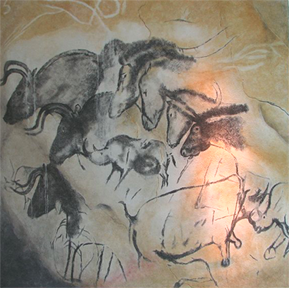
Chauvet Cave was first discovered by Jean-Marie Chauvet in 1995. It is located in southeast France and has been dated between 30,000 and 33,000 years B.P. (Before the Present). These dates place the drawings in the Auriganacian, or the early Upper Paleolithic period. This era is defined by the functionally flexible stone tool industry, their manufacture of body ornaments and sophisticated cave art.
By 35,000 years B.P. the Auriginancian era was established around Europe, including France, Britain and Belgium. From these areas teeth, mammoth ivory and shell have been recovered in the shape of beads and other jewelry. Also found were a variety of antler points and needles suggesting the production of clothing such as leggings and coats far more suitable for the climate than the Neanderthal’s use of unprocessed fur and animal hides. The production of these goods is considered to be the emergence of ‘modern’ behaviour. On the other hand, the absent of burials or man-made dwelling structures suggests that although there was most likely a human thinking revolution it was far from complete at this time.
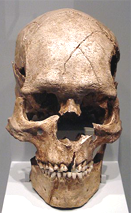
Art of the Aurignacian era can be separated into two groups. The first is portable art which began appearing about 35,000 B.P. and is made up of carvings such as the Venus figurine. The second group is stationary art, or parietal art, mainly made up of cave drawings and paintings. Over Europe, the majority of cave art depicts animals with an overwhelming representations of animals of significant economic value like horse, reindeer, bison, aurochs, ibex, and mammoth along with carnivores such as lions, bears and wolves. Chauvet Cave particularly seems to contain a surprisingly large number of carnivores, with at least thirty-three figures making up almost fourteen percent of the animal figures. The carnivores represented include mainly bears and large cats including at least one spotted panther. These animals, especially the felines, are consistently among the most inaccurately proportioned with their canine teeth substantially larger than in real life. This may be because the large cats are harder to observe than other common animals such as the horse and bison, however, their teeth do seem to attract a lot more attention in general. Not only were the carnivores the o
nly animals drawn with teeth but also their teeth were used as jewelry.
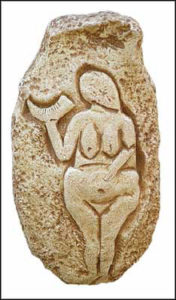
It is hard today to interpret the art of the Upper Paleolithic because so much has changed over the 30,000 years since its creation. When studying Paleolithic art we are only observing a small proportion what was made, only the surviving art is accessible to us. While art historians often view this early cave art as the ‘awakening’ of a human instinct to study the world around them, the majority of pre-historians believe instead that it is part of a wider cultural behavior. One suggestion is that the art represented a type of communication related to the movement and behavior of animals, perhaps in response to planned hunting activities. This hypothesis shows a marked shift from the idea of symbolism towards one focused on the communication of information about the surrounding environment. At any rate, the majority of experts agree that the people creating the drawings are copying images and scenes from real life. It is, however important to note, that while many of the drawings found probably do represent some greater thought or idea, there may be a certain percentage of meaningless scrawl made by amateurs or practicing children.
When undertaking their excavations, a number of other finds were located including animal bones, bear scratch marks, fire residue and human footprints. From these artifacts it was concluded that the cave had once housed bears before the arrival of humans. This might explain the relatively large number of carnivores depicted on the walls compared to other caves of similar ages. Also, a bear’s skull had been placed on the edge of a stone block. Its placing has led to many speculations about the relationship between bears and people in this cave. Nevertheless, the skull’s placement could also be the result of non-symbolic activities such as a children playing.
While the other archaeological artifacts found in the cave helped to give perspective to the animal panels, they still leave many questions unanswered. As stated before, because of the time gap between then and now, it is almost impossible for us to understand completely the meaning behind the drawings. One of the biggest mistakes made by archaeologists is to interpret the drawings using a modern understanding of the animals depicted and the current landscape, or to imprint ethnographic research onto the drawings.
For further reading see “Chauvet Cave the discovery of the world’s oldest paintings” by J.M. Chauvet, E.B. Deschamps, C. Hillaire and J. Clotte.
__________________________________________________________
Family History
Family Births
- On 1424-04-28, Elizabeth WINGFIELD is born in Suffolk, Orford, England
- On 1700-04-28, Susanna Page CHILES is born in King William County, Virginia, USA
- On 1895-04-28, Benjamin Franklin POWERS is born in Wake Forest, Wake, North Carolina, USA
Family Deaths
- On 1807-04-28, Daniel Anderson ALLEN dies in Cumberland County, VA
- On 1808-04-28, Abraham WARWICK dies in Amherst, Virginia, United States
- On 1814-04-28, Nancy Ann CORN dies in Tennessee, Patrick, Virginia, United States
- On 1908-04-28, Walter Reaves GRIGGS dies in Henry Co., VA
- On 1971-04-28, Helen Virginia FONVIELLE dies in Durham, Durham, North Carolina, USA
- On 1990-04-28, Clarence OSTERBUHR dies in Garden City, Finney County, Kansas, United States of America
| Paternal Line | Maternal Line | ||
|---|---|---|---|
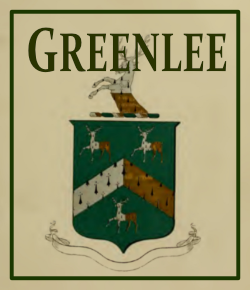 |
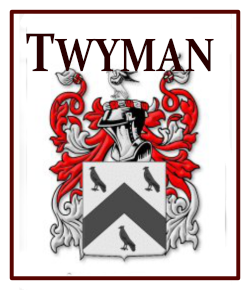 |
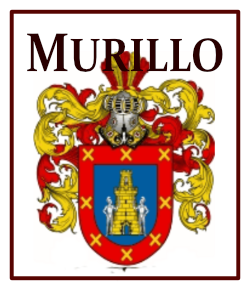 |
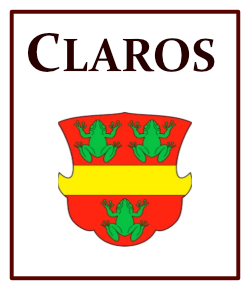 |
Categories
Genealogy
- Genealogy Portal
-
Search genealogical information related to the Greenlee, Murillo, Twyman and Claros families. Please contact us if you think we're related and can help each other in expanding our ancestry trees.
